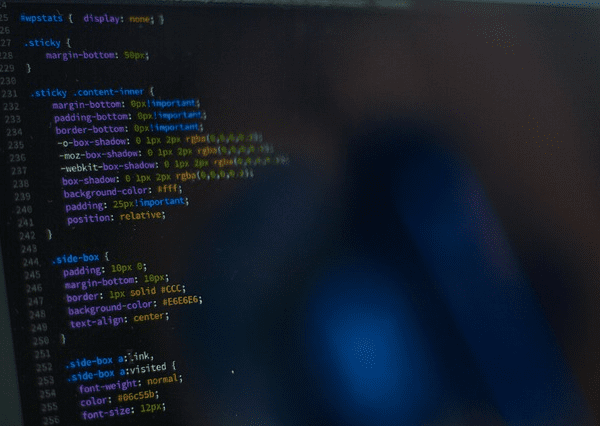Zabeen Yusuf Nur was working in Melbourne when she observed advanced teaching techniques. At that time, she planned to introduce STEM – a curriculum blending science, technology, engineering and mathematics – for school children in Bangladesh.
It took her and her team nearly one year to materialise the plan.
In 2020, Nur’s SciTech Academy launched an After School Programme on interactive STEM at Sir John Wilson School and Aurora International School. But the Covid-19 pandemic compelled the academy to close all of its physical classes.
The academy shifted the classes online, like most other educational institutions in the country. But unique to this academy’s curriculum, the online courses were on coding, robotics, web designing, and more.
Parents eventually got enthusiastic, particularly about ‘coding’ because many parents already recognise the potential of such courses and how it can assist their children to step into IT-based education. And, perhaps, ultimately give their children a footing in the thriving IT (Information Systems and Technology) industry.
“In the last 12 months, the SciTech Academy has completed tutoring at least 27 batches of students under the After School Programme. We are enthusiastic too about delivering in-person classes on the subjects at a wider level as the schools are reopening now,” Nur told The Business Standard.
Interest in coding, especially coding for kids, has been gradually gaining traction in the country. More interestingly, the pandemic-era remote learning methods further explored some avenues of education for the teaching community. Coding or computer programming, might be the most sought-after topic, as a discipline, to engage students in learning when their schools remain closed for long periods of time.
Given the growing enthusiasm for IT-based education, and perhaps sensing the future market demands too, the government is going to introduce coding in the national curriculum from the upcoming academic year.
Students at primary schools around Bangladesh will receive logic-based coding tutorials during their classroom activities. According to a representative from the National Curriculum and Textbook Board (NCTB), necessary tutorials are translated into
Bangla language so that students can learn simple logic easily.
NCTB member (primary curriculum), Professor AKM Reazul Hassan, said that coding is going to be added to the information and technology chapter in the science textbooks for the third, fourth and fifth graders.
Although the science books are being published at printers currently, the additional lessons will be served as due parts.
“Students in class-3 will need no device for coding. They will get primary lessons through physical activity-based coding puzzles games. The fourth and fifth graders will be introduced to the Scratch programming language. Among the three groups, the senior-most will need devices,” explained Hassan.
What is coding for kids?
Coding is writing computer programmes. But when it comes to coding by kids, it means kid programmers write programmes by dragging blocks of code like how we rearrange unsorted Lego or solve simple puzzles, nothing too tough.
Globally, the Scratch Foundation – the world’s largest non-profit coding community – is popularising coding for children and a coding language with a simple visual interface to create digital stories, games and animations.
In 2003, Scratch was first developed by the Lifelong Kindergarten Group at the Massachusetts Institute of Technology (MIT) Media …….
Source: https://www.tbsnews.net/features/panorama/rising-tide-coding-kids-bangladesh-338572
